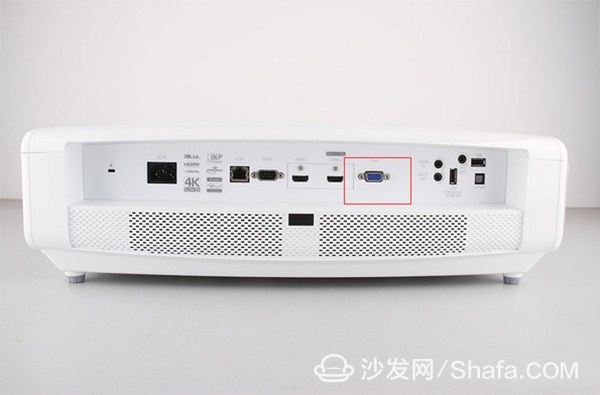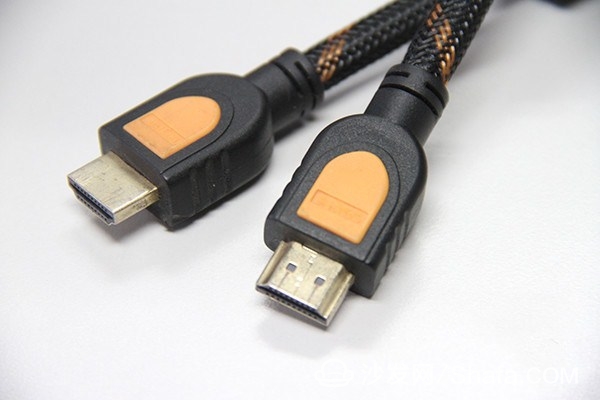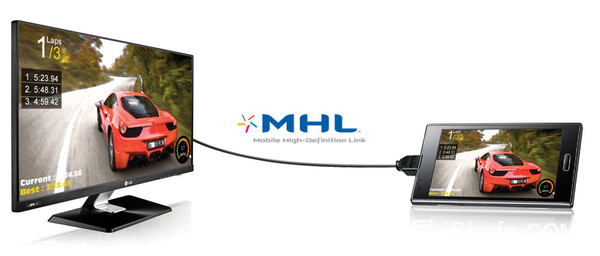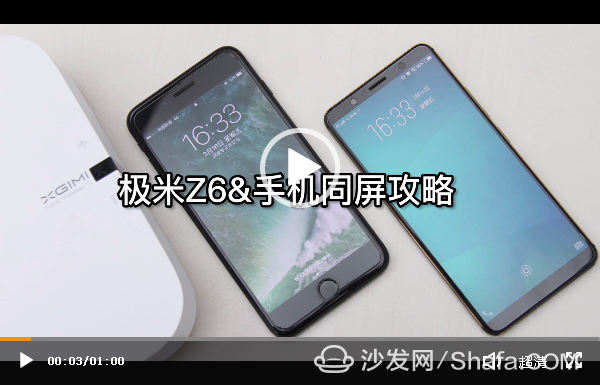
Projector interface how to choose
The USB interface is a universal serial bus (Universal Serial Bus) earliest used to connect a computer system to an external device, and is also a specification of an input/output interface. USB interface is widely used in 3C products. The current version of USB2.0 has gradually been replaced by USB3.0, and the maximum transmission bandwidth of USB3.0 is up to 5.0Gbps (640MB/s).
At present, a large part of the projectors have been equipped with a USB interface, but it is noted that USB is different in different projectors. USB in intelligent micro-projection mostly plays the role of file transfer, and in the traditional projector, the role of USB is to connect wireless modules to achieve wireless projection.

VGA (Video Graphics Array) uses a unique D-shaped anti-misinsertion design, known as the D-Sub interface, and is one of the common interfaces for projectors. Its transmission is an analog signal, transmission quality in the rapid development of 4K today has some power, the most deadly does not support audio transmission, gradually replaced by HDMI, in a new generation of products, especially in home products has been difficult to see the VGA interface Now.
Video and audio simultaneous mainstream HDMI interface
HDMI is the abbreviation for High Definition Multimedia Interface, which is a high-definition multimedia interface that can simultaneously transmit high-definition video and audio without loss, and can support 4K video and 5.1 provincial transmission. HDMI 2.1 increases the connection bandwidth to 48 Gbps. The increase in bandwidth also supports higher resolutions, including 4K@120Hz, 8K@100/120Hz, 10K@100/120Hz, and brings up the number of frames. In addition, higher bandwidth also brings support for the latest color depth standards, such as 10/12bits GT.2020 (Rec. 2020), and even uncompressed 16bits. In addition, dynamic HDR and eARC are also supported.

The HDMI interface is sometimes labeled MHL. To explain to everyone about MHL, MHL is a technology introduced by the Mobile High-Definition Connection Technology Alliance to connect mobile portable devices and high-definition display devices. It is an agreement based on HDMI. The MHL is connected directly to the display device via MHL via a cable portable mobile device. Based on the HDMI interface, the charging function has been added for mobile portable devices while playing.
In fact, on the basis of the current platform equipment, I strongly recommend using the HDMI interface as much as possible, and most of the projectors are now equipped with built-in speakers. Using HDMI audio and video interaction can better demonstrate and communicate in the office. Second, the higher picture quality provided by the HDMI interface can be greatly improved compared to the virtual image of the VGA, and the HDMI also has a plug-and-play approach.
What is MHL?
MHL is a technology to connect mobile portable devices and high-definition display devices introduced by the Mobile High-Definition Connection Technology Alliance. It is an HDMI-based protocol.

The MHL is connected directly to the display device via MHL via a cable portable mobile device. To implement the MHL access method, the mobile intelligent terminal needs a built-in MHL transmitting chip, and the display device needs a relay box equipped with an MHL bridge chip, and the signal transmitted from the mobile terminal is converted, and then the signal is input to the display device for display via HDMI. . The display image on the display device is the same as the screen display of the portable mobile device, that is, the vertical version or the horizontal version is synchronized in real time. The original picture is perfectly displayed, so that the picture quality is not lost. MHL can transmit audio at the same time as perfect transmission of picture quality.
More convenient is the portable mobile device while charging while playing. Everyone knows that the power consumption of mobile phones is very fast when watching movies and playing games. The data transmission port and charging port of a mobile phone are the same interface. When using the HDMI interface, we cannot guarantee the long-lasting endurance of electricity. MHL can solve this problem perfectly.

To support 8K and more advanced video and audio functions, MHL developed a 32-pin reversible superMHL connector that can simultaneously transmit video, data, and charging. Reversible design means that consumers do not need to consider the direction of the plug or the line to increase flexibility. MHL developers such as JCE and KinnexA will demonstrate superMHL accessories that enable consumers to seamlessly integrate mobile devices, set-top boxes (STBs), Blu-ray DiscTM players, AVRs, streaming media sticks, and other output source devices and screens. Monitor connection. The superMHL specification is downwardly compatible with the MHL versions 1, 2 and 3, and offers unlimited possibilities for interconnect functions.
One minute to teach you how to achieve the same screen
We prepared two minute videos for everyone, explaining notebooks and mobile phones as an example, letting everyone intuitively feel how easy the device is to connect to the projector and easily enjoy the big screen.

Http://online.pcvideo.com.cn/pconline/vpconline/2018/03/08/1520472018771-vpconline-74783-1_3.mp4
Today's notebooks can be roughly divided into traditional notebooks and ultra-thin notebooks. Traditional laptops pay attention to the performance configuration and are equipped with a relatively comprehensive interface. The use of HDMI cables to connect laptops to projectors can achieve the same screen. Older MAC cards can also be used for this purpose. Connections, while the new MAC requires a dedicated lightning switch. The ultra-thin book removes many common interfaces for the pursuit of the ultimate "thin", and instead uses a space-saving Type-C interface, which can be realized by purchasing a dedicated Type-C converter.

Http://online.pcvideo.com.cn/pconline/vpconline/2018/03/16/1521195689643-vpconline-74783-1_3.mp4
There are many ways to connect a mobile phone to a projector. First, you can connect via the MHL-compatible HDMI cable. Both iPone and Android phones are available. In addition to the convenient wireless connection, the main point of the wireless link is that the mobile phone and the projector need to be connected to the same WIFI network, iPone can be connected through AirPlay, and the Android phone needs to download a dedicated on-screen APP.
Smart TV/box information can focus on smart TV information network sofa butler (http://), China's influential TV box and smart TV website, providing information, communication, TV boxes, smart TVs, smart TV software, etc. Answering questions.
Pvc Conduit Pipe,Plastic Conduit Pipe,Electrical Wiring Pipe,Plastic Cable Conduit
FOSHAN SHUNDE LANGLI HARDWARE ELECTRICAL CO.LTD , https://www.langliplastic.com